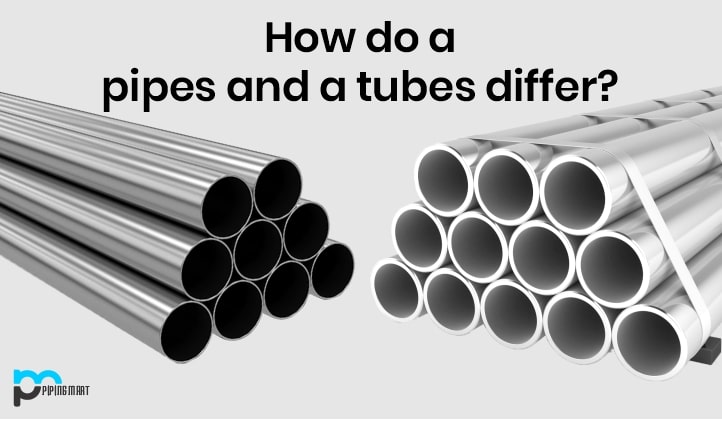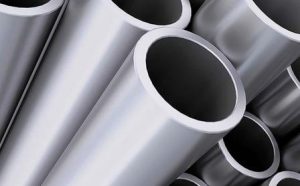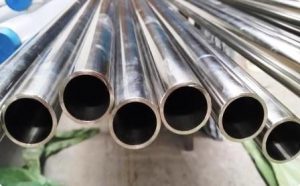We interchangeably use the terms pipe and tube so they assume these are the same. There are also significant variations between pipe and drain. The short response is: A PIPE is a circular tubular specified by a nominal pipe size (NPS or DN) to transport fluids and gases that represents a rough indication of the pipe conveying capability; A TUBE is a circular, rectangular, square or oval hollow segment measured in inches or millimeters of outside diameter (OD) and wall thickness (WT).
The words can be used interchangeably in certain situations, but there is one main distinction between the tube and the pipe, particularly in the way the material is arranged and the resistance. In structural applications tubing is used, such that the outside diameter is the essential dimension. Tubes are often installed in applications such as medical devices which require accurate outside diameters. Although pipes are usually used for transportation of gasses or liquids, knowing the capability is critical. Knowing how far the pipe will flow is important. The pipe’s spherical form renders it efficient in treating friction from the fluid that runs into it.
What is Pipe?
Pipes are indeed a hollow segment with circular cross section for liquid conveyance. The goods are made of oils, steam, pellets, powders and more. For a pipe the most important measurements are the outer diameter (OD) along with the thickness of the wall (WT). OD minus 2 times WT (SCHEDULE) specifies the inner diameter (ID) of a pipe that specifies the liquid power of that pipe.
What is Tube?
The TUBE name applies to hollow circular, cube, rectangular and oval parts used for pressure devices, hydraulic installations, and instrumentation systems. The outside diameter and wall thickness of the tubes are measured in inches or in millimeters.
Difference Between Pipes and Tubes
The pipes are graded in plan and nominal diameter. Usually the pipe is constructed using the standard Nominal Pipe Size (NPS) and has a given nominal diameter (column height) and schedule number (wall thickness). The schedule number on various size pipe may be the same but the real thickness of the wall may be various. Tubes are generally ordered to the outer diameter and thickness of the wall; but they may be ordered as OD & ID or ID and thickness of the wall.
The weight of a conduit relies on the thickness of the surface. A valve number determines the thickness of a vessel. Smaller instrument numbers indicate greater diameters beyond. The potential diameter within (ID) is. A circular tube shape enables equal distribution of the power of strain. Pipes are suitable for wider measuring tasks spanning from 1⁄2 inch to many centimetres. Tubing is commonly used in systems involving reduced diameters.
- Pipes are round, while tubes are typically square or rectangular.
- Pipes are typically made from metal, while tubes can be made from metal, plastic, or glass.
- Pipes are used to transport liquids and gases, while tubes are used to transport solids.
- Pipes are typically installed underground, while tubes can be installed above ground.
- Pipes are joined together using fittings, while tubes are joined together using clamps.
Ordering Your Tubing or Pipe
Tubing is typically directed to the wall’s outer diameter and thickness; however, it may also be directed as OD & ID or wall thickness and ID. While tubing has three dimensions (O.D., I.D. and thickness of the wall) only two tolerances may be defined, and the third is abstract. Tubing is generally regulated and kept to tighter tolerances and standards than tubing. Usually pipe is ordered using the normal Nominal Pipe Size (NPS) and specifying a nominal diameter (column height) and schedule number (wall thickness).

Pipingmart is B2B portal specializes in industrial, metal and piping products. Also, share latest information and news related to products, materials and different types grades to help business dealing in this industry.






